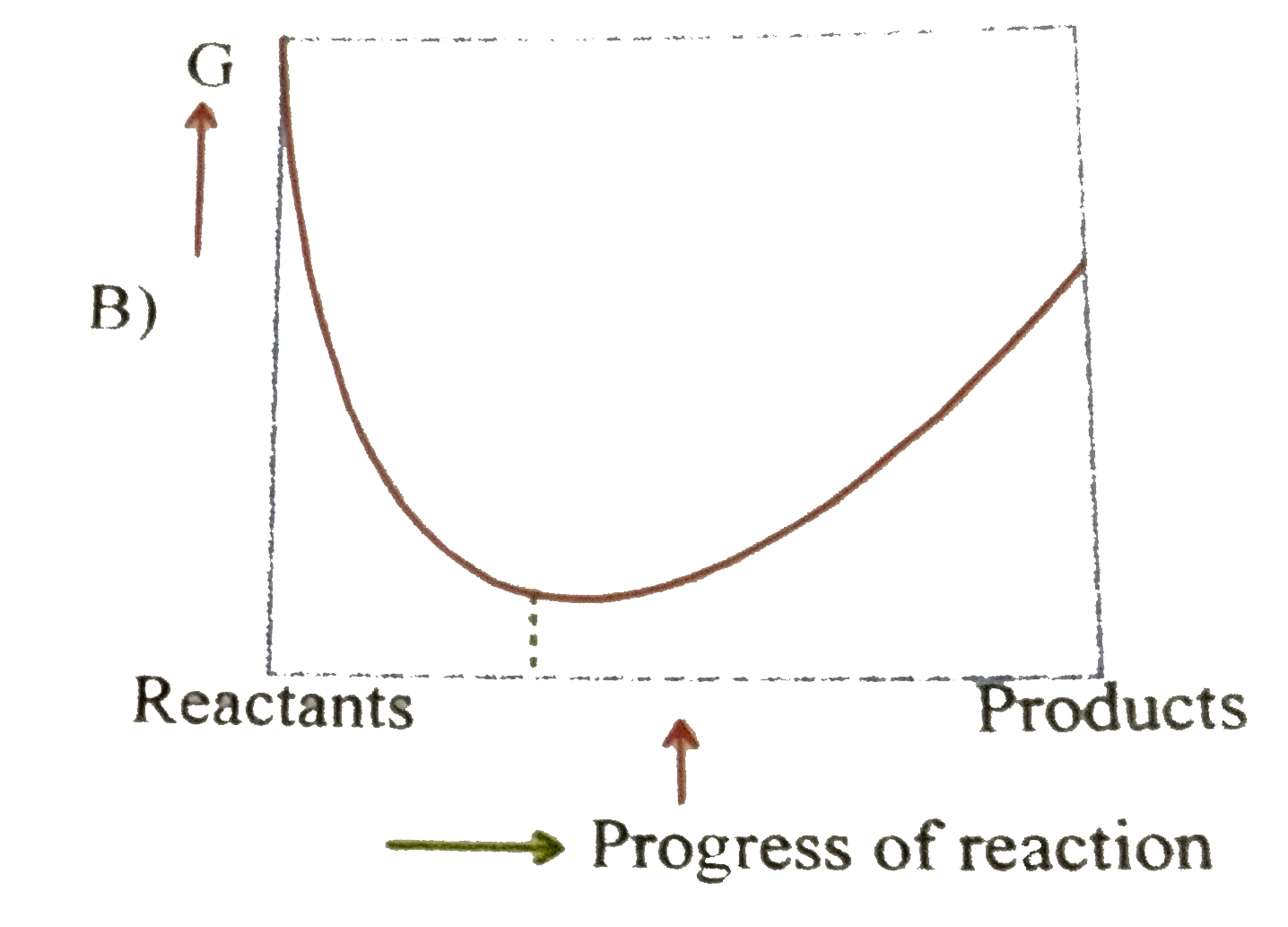For a reaction M2O(g)→2M(s)+12O2(g),
ΔH=30kJmol−1 and ΔS=0.07kJmol−1 at 1atm. Calculate up to which temperature, the reaction would not be spontaneous.
The correct Answer is:T<428.57K
Step by step video, text & image solution for For a reaction M_(2)O_((g))to2M_((s))+1/2O_(2(g)), DeltaH=30 k J mol^(-1) and DeltaS=0.07 k J mol^(-1) at 1 atm. Calculate up to which temperature, the reaction would not be spontaneous. by Chemistry experts to help you in doubts & scoring excellent marks in Class 11 exams.
Updated on:21/07/2023Topper's Solved these Questions
Similar Questions
ΔH and ΔS for the reaction, Ag2O(s)→2A(s)+12O2(g), are 30.56 kJ mol−1 and 66.0 J mol−1 respectively. Calculate the temperature at which this reaction will be at equilibrium. Predict whether the forward reaction will be favoured above or below this temperature.
View SolutionΔH and ΔS for the reaction:
Ag2O(s)→2Ag(s)+(1/2)O2(g)
are 30.56kJmol−1 and 66.0JJK−1mol−1 respectively. Calculate the temperature at which free energy change for the reaction will be zero. Predict whether the forward reaction will be favoured above or below this temperature.
View Solution
Knowledge Check
For a reversible reaction at constant temperature and at constant pressure the equilibrium composition of reaction mixture corresponds to the lowest point on Gibbls energy Vs progress of reaction diagrams as shown. At equilibrium Gibbs energy of reaction is equal to zero.

For a reaction
M2O3/4(s)→2M(S)+12O2(g)ΔH=30KJ/mol and ΔS=0.07KJ/mol/K at 1 atm. The reaction would not be spontaneous at temperatureA>428KB>428KC<100KD>100KFor a reaction, ΔH=10000 kJ mol−1andΔS=25 kJ k−1mol−1. The minimum temperature, above which the reaction would be spontaneous is
A127∘CB400∘CC75∘CD410∘CFor the reaction 2Ag2O(s)→4Ag(s)+O2(g),ΔH is 61.17 KJmol−1 and ΔS is 132 JK−1mol−1 . Compute the temperature above which the given reaction will be spontaneous.
AT>463.4KBT>190.25∘CCT<190.25∘CDT<463.4K
For the reaction,
N2(g)+3H2(g)→2NH3(g)
ΔH=−95.0kJ and ΔS=−19000JK−1
Calculate the temperature in centigrade at which it will attain equilibrium.
View SolutionFor the reaction Ag2O(s)→2Ag(s)+1/2O2(g) the value of ΔH=30.56KJmol_1 and ΔS=66JK−1mol−1. The temperature at which the free energy change for the reaction will be zero is :-
View SolutionA+B→C+D
ΔH=−10,000Jmol−1
ΔS−33.3Jmol−1K−1
At what temperature the reaction will occur spontaneous from left to right ?
View SolutionFor the reaction Ag2O(s)→2Ag(s)+1/2O2(g) the value of ΔH=30.56KJmol_1 and ΔS=66JK−1mol−1. The temperature at which the free energy change for the reaction will be zero is :-
View SolutionFor the reaction
H2(g)+12O2(g)→H2O(l),ΔH=−285.8kJmol−1
ΔS=−0.163kJmol−1K−1. What is the value of free energy change at 27∘C for the reaction
View Solution